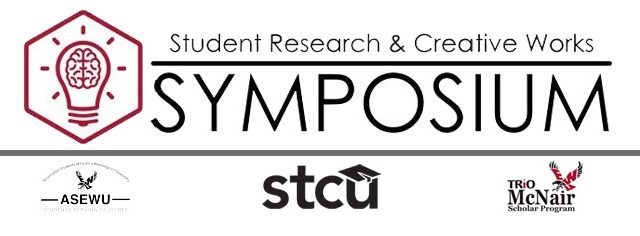Faculty Mentor
Dr. Joanna Joyner-Matos
Document Type
Poster
Publication Date
Spring 2020
Department
Biology
Abstract
Eukaryotic hosts and their associated microbes exhibit variable relationships. Some are driven by well-documented benefits including microbial contributions to host digestion; others are less understood. In this project, we seek to understand how a host’s microbiome is differentiated from the surrounding, free-living microbial community and whether this process is altered by the presence of pollution. Here we present a protocol developed for the extraction, isolation, and identification of the microbial population found in freshwater “fingernail” clams (Sphaeriidae) based on modified methods from the Earth Microbiome Project and studies of freshwater amphibian and marine bivalve microbiomes. We first developed a methodology for collection and dissection of individual clams appropriate for downstream microbial DNA extraction and analysis via next-generation sequencing and next-generation bioinformatics platforms. Using clams sampled over several months from an unpolluted pond at Turnbull Lab for Ecological Studies (Turnbull National Wildlife Refuge) we tested a variety of dissecting fluids, tools, sterilization techniques, and fresh (live) vs frozen clam tissue. Ultimately, the clams frozen overnight did yield enough DNA for downstream processing. Two samples were sent to the Dana Farber Cancer Institute (Harvard) for bacterial sequencing (Illumina MiSeq, paired-end). Initial analysis each of the clam using QIIME2 indicated that the TLES clams contain several types of Gammaproteobacteria. This protocol was developed with clams that live in a pollution-free environment; it now will be used to ask whether trace metal pollution alters the relationship between a clam microbiome and the aquatic microbial community.
Recommended Citation
Edwards, Dechen, "Preliminary Microbiome Analysis of Freshwater Bivalves from Turnbull National Wildlife Refuge" (2020). 2020 Symposium Posters. 29.
https://dc.ewu.edu/srcw_2020_posters/29
Creative Commons License

This work is licensed under a Creative Commons Attribution-NonCommercial-No Derivative Works 4.0 International License.



